In the cryptocurrency market, a trading strategy with a 95% win rate (the three axes of cryptocurrency trading), once learned, can stabilize a monthly income of seven figures, and an annual income of eight figures! One-click to collect.
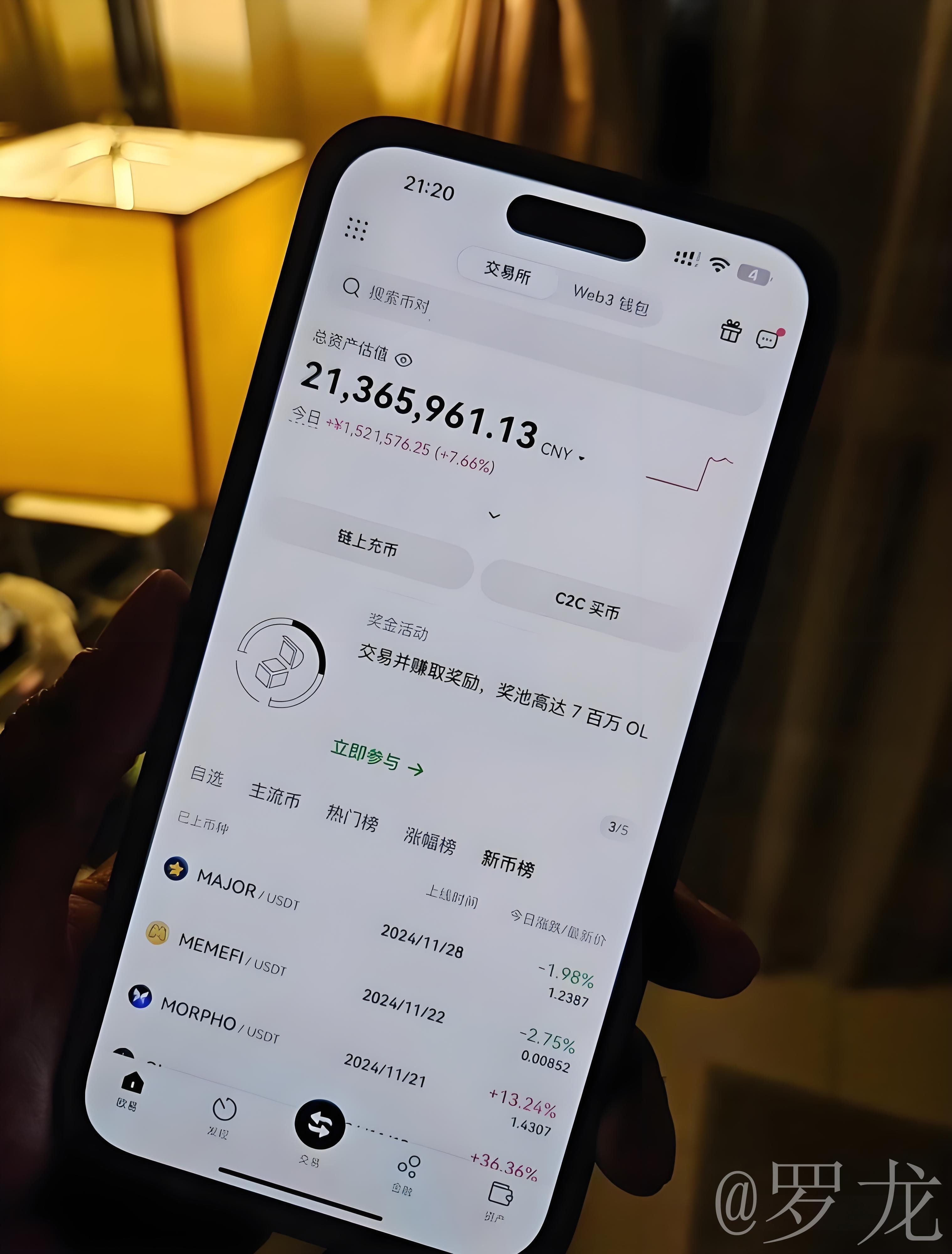
First axe: Essential cryptocurrency investment skills in the market - theory of the six major moving averages of K-lines!
How to understand technical knowledge in the market to make correct trades? Short-term generally looks at important moving averages on the 5-minute and 1-hour charts. Moving averages are very important in any investment product; they determine the average price changes within a cycle. The secret to judging trends with moving averages lies in the combination of market feel, technology, and mindset. Next, the instructor will explain how to look at the six major moving averages of K-lines:
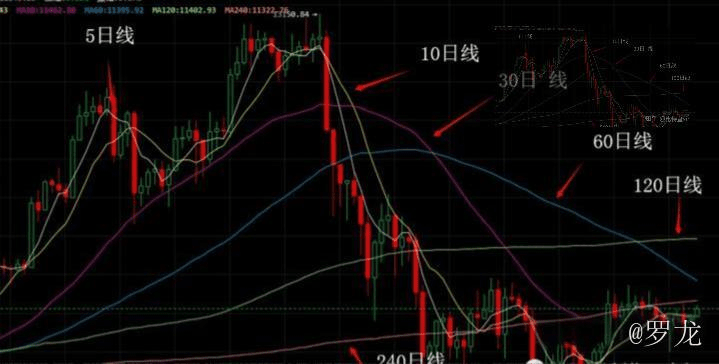
1. 5-day moving average - Strike.
Seize the short-term offensive formed by the 5-day moving average, and the price will fluctuate continuously. If the attack line does not show signs of weakness in the pullback, rising straight up indicates strong short-term explosive force. Conversely, it is weak. Similarly, when the price declines, everyone should pay attention to the importance of the attack line to the downward market; if the decline is severe (steep angle), the selling pressure is extremely strong.
In practical trading, when the price breaks above the attack line and the attack line shows a strong upward attack (steep upward), it indicates that one can take a short position; at this moment, one should actively go long in the short term. Similarly, when the price breaks below the attack line and the attack line starts to turn downward, it indicates that an adjustment or downward market has begun; at this point, one can enter a short position.
When the 60-minute K-line is falling along the 5-day moving average, it can be determined that a short-term downward channel has formed. Then, when a red candle appears and hits the 5-day moving average before falling, a short position should be taken. At this time, it is best if the 5-minute K-line forms a double top. During a downward trend, never rush to buy on a rebound; only wait until a rebound touches the 5-day moving average on the 60-minute K-line or the 10-day moving average or the daily line touches the 5-day moving average to go short, using the 5-minute line to assist in judging short-term buying and selling points.
Two, 10-day moving average - Trading.
Also known as the trading line. The main function of the trading line is to promote the price to continue rising or falling in a medium wave market. If the trading line rises sharply and steeply, it indicates a strong mid-term upward momentum. Conversely, it is weak. Similarly, when the price enters a downward wave, the trading line can also promote repeated downward movements.
In practical trading, when the price breaks through the trading line, and the trading line shows a continuous upward attacking state, it indicates that a medium-term trend has started; at this time, short-term long positions can be actively entered. Similarly, when the price breaks below the trading line and the trading line turns downwards, it indicates that the upward trend has ended, and a large wave of adjustments or downward trends is about to begin; at this time, one should go short in the medium term.
Three, 20-day moving average - Auxiliary.
The main function of the auxiliary line is to assist the trading line in pushing and correcting the price's operational strength and trend angle, stabilizing the price trend direction. It also plays a role in correcting the lifeline's slow response.
In practical trading, when the price breaks above the auxiliary line and the auxiliary line shows a continuous upward attacking state, it indicates that a medium-term trend has started; at this moment, one should actively go long in the short term. Similarly, when the price breaks below the auxiliary line and the auxiliary line turns downward, it indicates that the phase of medium-term upward market has ended, and a phase of adjustment or downward market has begun; at this time, one should go short in the medium term.
In a general downward trend, if one or two strong (long-length) red candles appear at a relatively low position, short positions can also be taken, but profits must be taken immediately, and one should not think about large profits at this time; otherwise, it is easy to get trapped. Before the 60-minute line forms a double bottom, timely judge the upward trend based on the 5-minute line and follow up to go long after the 5-minute line completes 3-4 downward waves (resistant declines); if the 60-minute line then strongly breaks through the 20-day moving average, substantial profits can be made that day.
Four, 30-day moving average - Lifeline.
The main function of the lifeline is to indicate the mid-term operational trend of the price. In a mid-term wave of upward movement, the lifeline has a strong supporting and resisting effect. If the angle of the lifeline's upward movement is steep and strong, it indicates a strong mid-term upward trend; the main force can decisively target this position for a washout. Conversely, if the trend is weak, the support will also weaken. Similarly, when the price enters a downward trend, the lifeline can also suppress price rebound behavior, prompting the price to continue to weaken.
The lifeline is the life foundation of a large wave of upward or downward market. In practical trading, when the price breaks through the lifeline and the lifeline shows a turning upward attacking state, it indicates that a medium-term large wave market has started; at this time, one should actively go long in the medium term. The lifeline will not be easily broken during the phase adjustment of a large wave market. However, once the price breaks through the lifeline and the lifeline turns downward, it indicates that a larger level of adjustment or downward market has begun; at this time, one should actively go short in the medium term; pay attention to timely market information to grasp the major trend and help you achieve stable profits!
Five, 60-day moving average - Decision.
The main function of the decision line is to indicate the mid-term reversal trend of the price, guiding the price's large wave level operation within the established trend. When the price breaks through the decision line upwards or downwards with volume, it indicates that a major reversal has started, and corresponding trading decisions should be made at that moment. Generally, when the price breaks through the decision line, there will not be a reverse movement in a short period; even if the main force makes a false move to lure buyers or sellers, it will at least run above or below the decision line for about 10 to 25 trading days before reversing.
In practical trading, all main forces have a clear understanding of the decision line. The decision line has a decisive significance in the main force's trading plan regarding the nature of the market. Therefore, when the price breaks through the decision line and the decision line shows a turning upward attacking state, it indicates that a medium-term bullish trend has formed; at this point, one should actively go long in the medium term. Once the decision is formed, it generally will not be easily changed. Therefore, once the price breaks through the decision line, it will not be easily broken in a phase adjustment. However, once the price breaks down through the decision line and the decision line turns downwards, it indicates that a large-scale downward market has begun, and one should decisively go short in the medium term.
Six, 120-day moving average - Trend.
Like the decision line, the main function of the trend line is also to indicate the mid to long-term reversal trend of the price, guiding or directing the price's large wave-level operation within the established trend. When the price breaks through the trend line upwards or downwards with volume, it indicates that the major trend has reversed, and corresponding trading decisions should be made at that moment.
When the price breaks through the trend line, it generally will not show a reverse movement in a short period; even if the main force makes a false move to lure buyers or sellers, it will at least run above or below the trend line for about 10 trading days or several trading weeks before reversing.
Second axe: How to grasp the best buying and selling opportunities
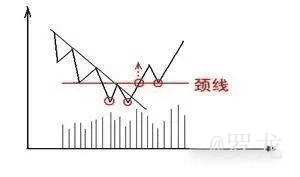
Classic K-line chart interpretation: W-shaped bottom pattern
1. Appears after a significant price decline or after a long period of decline.
2. There are two obvious price troughs, and the two price troughs are roughly at the same price level.
3. The first bottom of the W-shaped bottom is sometimes a sharp bottom and sometimes a round bottom, while the second bottom is mostly a round bottom.
4. The trading volume at the second low point is generally smaller than that at the second bottom, indicating that the market is locking in positions well.
5. When breaking through the previous rebound high point, it generally needs to be accompanied by large trading volume, and trading volume should decrease during the pullback.
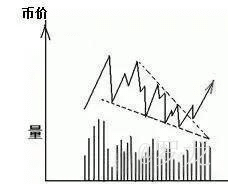
Classic K-line chart interpretation: W-shaped bottom pattern
1. Appears after a significant price decline or after a long period of decline.
2. There are two obvious price troughs, and the two price troughs are roughly at the same price level.
3. The first bottom of the W-shaped bottom is sometimes a sharp bottom and sometimes a round bottom, while the second bottom is mostly a round bottom.
4. The trading volume at the second low point is generally smaller than that at the second bottom, indicating that the market is locking in positions well.
5. When breaking through the previous rebound high point, it generally needs to be accompanied by large trading volume, and trading volume should decrease during the pullback.
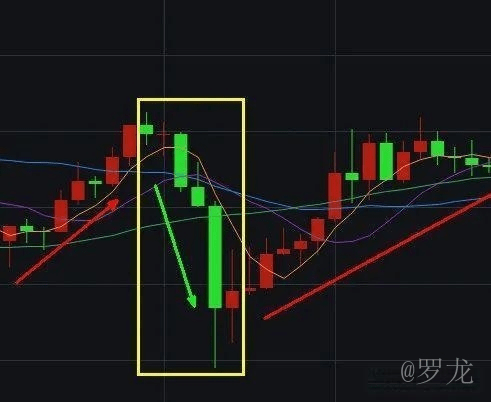
K-line chart trading signal: Series of bearish buying method
Under the premise of establishing an upward trend, the price is in a slow rising channel. After a period of slight rises, the price suddenly stops, followed by consecutive price declines, but the decline is not large. During the period when the price pulls out a series of (5 to 7) bearish candles, the trading volume gradually shrinks.
This is actually a deliberate washout tactic by the main force. After the price of a cryptocurrency has risen, a certain number of trapped and profit-taking positions accumulate in the market. To smoothly expand upward in the future, these trapped and profit-taking positions must be cleared out, so the main force pushes down, causing investors with positions to feel uneasy and sell; while investors who are building positions hesitate to enter, thus achieving the main force's goal of washing out.
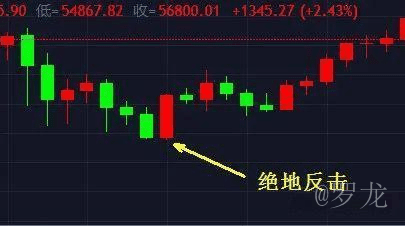
K-line chart trading signal: Counterattack
This is a large bullish candle that opens high and closes higher. The conditions for its formation are that the cryptocurrency has experienced a significant decline, short-term selling volume has been released, and new buying momentum has accumulated.
When the volume state is extremely shrinking, suddenly one day, the price opens flat, then quickly rises, and the closing price equals or is close to the highest price of the day, forming a flat opening large bullish candle. This is a significant indicator that the price has reached a short-term bottom and is a good opportunity to enter the market. We call this flat opening and high closing with volume a 'Counterattack'.
Third axe: Classic buying K-line shape
Classic buying K-line shape
Though all paths lead to the same destination, each is distinct. I believe everyone comes to this investment market to make money, but everyone has different ways. With each article the instructor writes, I hope to help friends who feel helpless on the investment road. Having spent over a decade in the market, I have transformed from an investor to a ferrying analyst. Strength and responsibility are my principles. Sharing exclusive strategies daily is solely for bringing you a profit as you strive in the market. I am grateful to have you along this journey.

Next, let’s popularize some knowledge about classic K-line buying signals.
1. Morning star
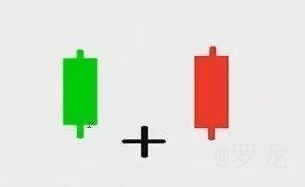
The 'Morning Star' is also known as the 'Morning Star' and is a typical buying signal.
The emergence of the 'Morning Star' usually means that the strength of the bears has been exhausted, and the price is no longer able to create new lows. Therefore, new friends encountering this K-line combination can maintain an optimistic attitude and buy appropriately.
2. High-level parallel bullish lines
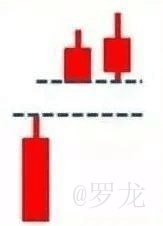
The so-called high-level parallel bullish candles refer to a sudden upward jump after a period of rise, with two bullish candles that have nearly the same opening price.
Generally speaking, if a high-level parallel bullish candle is formed and the trend remains strong the next day, it can be seen as a very strong buying signal, as a continuing upward market often follows.
3. Downward five bullish lines
Generally speaking, a downward five-rising line usually appears after a continuous
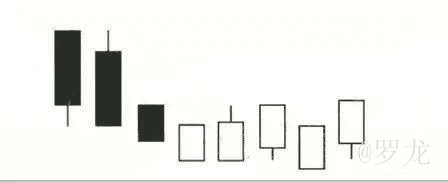
After a period of downward market. Its emergence indicates that the bulls are gradually changing from a disadvantageous state to a dominant state, and the price is very likely to bottom out and rebound. Therefore, the downward five bullish lines can be seen as a relatively strong buying signal.
4. Gradual rise
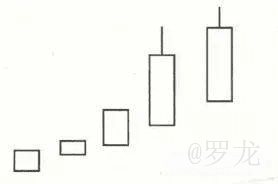
Firstly, certain cryptocurrencies have several consecutive trading days closing with small bullish candles, followed by one or two large bullish candles, forming a gradual rising overall pattern.
In general, a gradual rise often appears in an uptrend, especially in the early stages of an uptrend. The probability of this combination pattern appearing is very high, and its emergence indicates that there will be a fluctuating rising market in the future. Therefore, new friends should not only buy in time when they find this pattern but also hold firmly; only in this way can they ultimately gain profits.
5. Bull spearhead
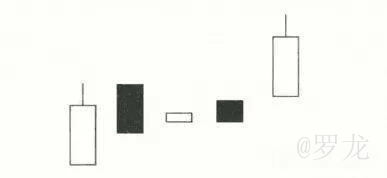
The specific shape of the bull spearhead is: the first K-line is a medium or large bullish candle with an upper shadow that accounts for about one-third of the body. It then begins to fall back for adjustment, and after a period of adjustment, the K-line suddenly breaks above the upper shadow of the first bullish candle.
Generally speaking, a bull spearhead usually appears in an uptrend. If a short-term moving average forms a bullish sequence when it appears, it is a very strong buying signal, and the price often has a significant upward space in the future.

Of course, these are all theoretical aspects, and specifically, it depends on whether investors can really pay attention to these in trading. Choosing a teacher to accompany you on the investment journey is particularly important. I may not have given you too much warmth, but there is a phrase: 'I will do my best.' I don't have overnight wealth or a 100% profit-making secret; only a stable trading system and a sincere heart. If you believe me, come find me. Saying too much unrealistic stuff feels hypocritical. I don't seek overnight wealth, but rather steady gains.
